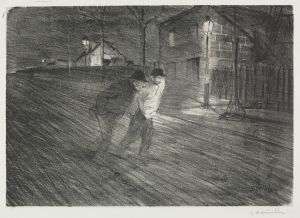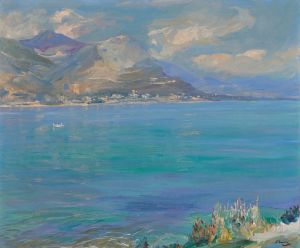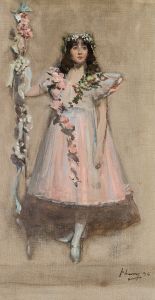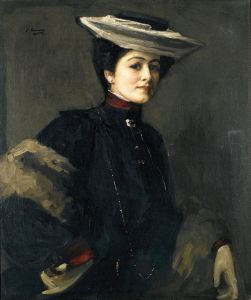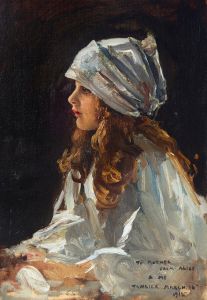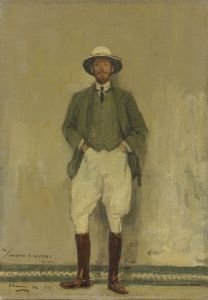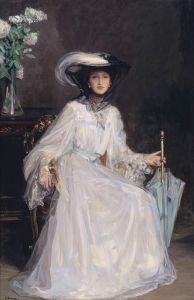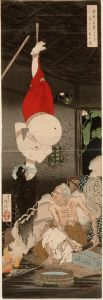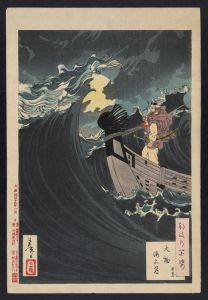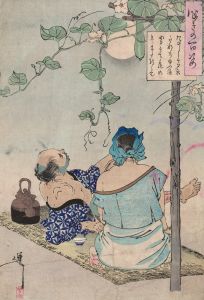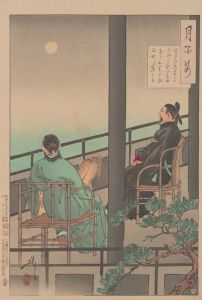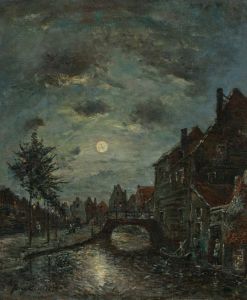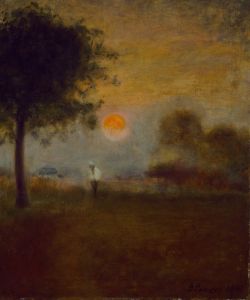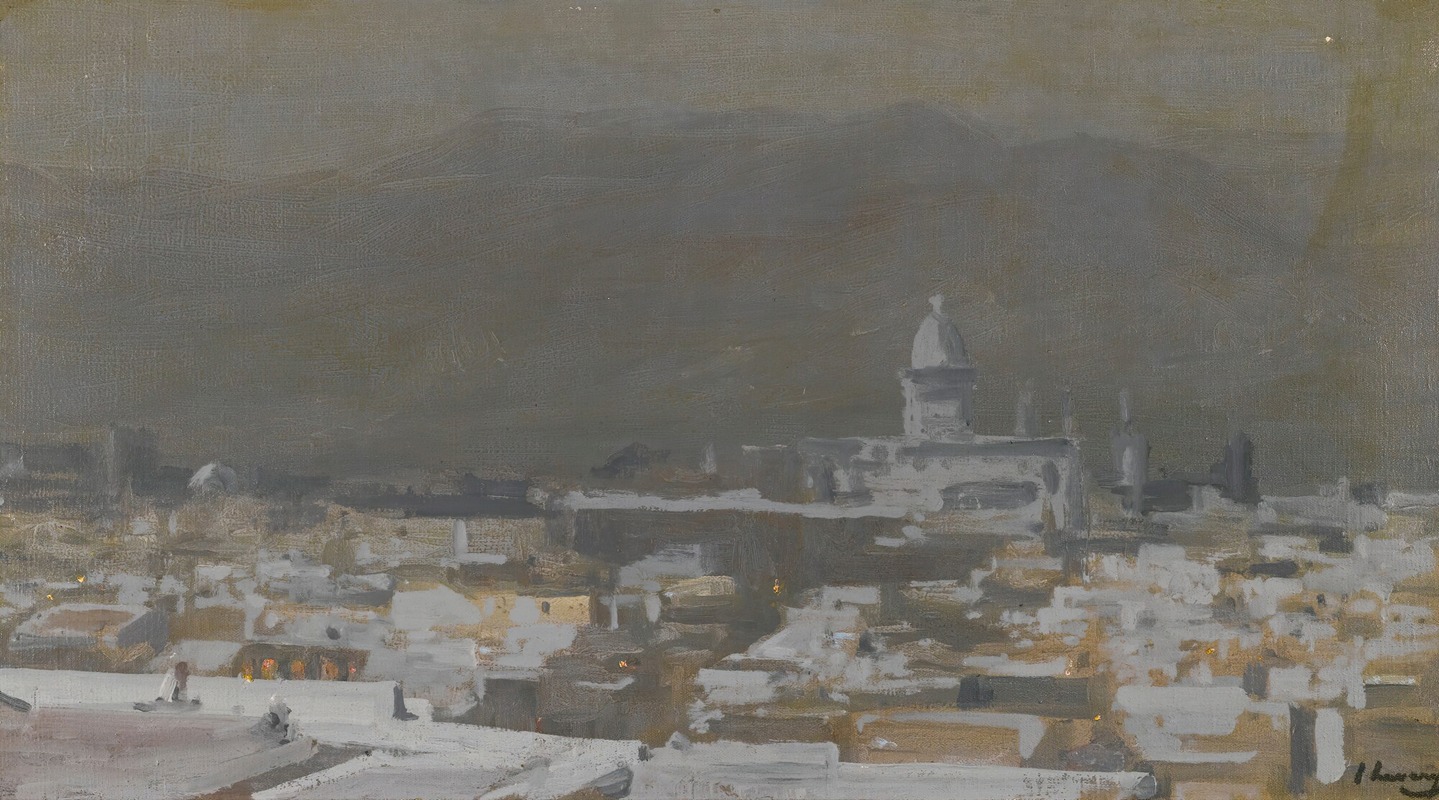
Moonlight, Tetuan, Morocco
A hand-painted replica of Sir John Lavery’s masterpiece Moonlight, Tetuan, Morocco, meticulously crafted by professional artists to capture the true essence of the original. Each piece is created with museum-quality canvas and rare mineral pigments, carefully painted by experienced artists with delicate brushstrokes and rich, layered colors to perfectly recreate the texture of the original artwork. Unlike machine-printed reproductions, this hand-painted version brings the painting to life, infused with the artist’s emotions and skill in every stroke. Whether for personal collection or home decoration, it instantly elevates the artistic atmosphere of any space.
"Moonlight, Tetuan, Morocco" is a painting by the renowned Irish artist Sir John Lavery. Lavery, born in 1856 in Belfast, was a prominent figure in the late 19th and early 20th-century art scene, known for his portraiture and landscapes. He was associated with the Glasgow Boys, a group of artists who were instrumental in introducing Impressionism to Scotland.
The painting "Moonlight, Tetuan, Morocco" is one of Lavery's works that reflects his travels and experiences in North Africa. Lavery visited Morocco in the late 19th and early 20th centuries, a period when many European artists were drawn to the region's exotic landscapes and vibrant culture. This painting captures the serene and mystical quality of a moonlit night in Tetuan, a city in northern Morocco known for its rich history and cultural heritage.
Lavery's depiction of Tetuan under moonlight showcases his skill in handling light and atmosphere, a hallmark of his style. The painting likely features a subdued color palette, emphasizing the silvery tones of moonlight and the contrasting shadows of the night. This use of light not only highlights Lavery's technical prowess but also evokes a sense of tranquility and introspection, inviting viewers to immerse themselves in the scene's quiet beauty.
The choice of Tetuan as a subject reflects Lavery's interest in capturing the essence of the places he visited. During his travels, he was known to paint en plein air, a method that allowed him to directly engage with the environment and capture its immediate effects. This approach is evident in "Moonlight, Tetuan, Morocco," where the atmospheric conditions of the night are rendered with a sense of immediacy and authenticity.
Lavery's work in Morocco, including this painting, is part of a broader trend among Western artists of the time who were fascinated by the Orient, a term used to describe the cultures and landscapes of North Africa and the Middle East. This Orientalist movement, while often criticized for its romanticized and sometimes inaccurate portrayals, provided artists like Lavery with new subjects and inspirations that enriched their artistic output.
"Moonlight, Tetuan, Morocco" is an example of Lavery's ability to transcend mere representation and convey a deeper emotional resonance. His work often reflects a balance between realism and impressionistic techniques, capturing both the physical and emotional landscapes of his subjects. This painting, with its focus on the interplay of light and shadow, exemplifies Lavery's mastery in creating mood and atmosphere.
Sir John Lavery's contributions to art were recognized during his lifetime, and he was knighted in 1918. His works, including "Moonlight, Tetuan, Morocco," continue to be celebrated for their technical skill and evocative qualities. Today, Lavery's paintings are held in various public and private collections, where they continue to be appreciated by art enthusiasts and scholars alike.





